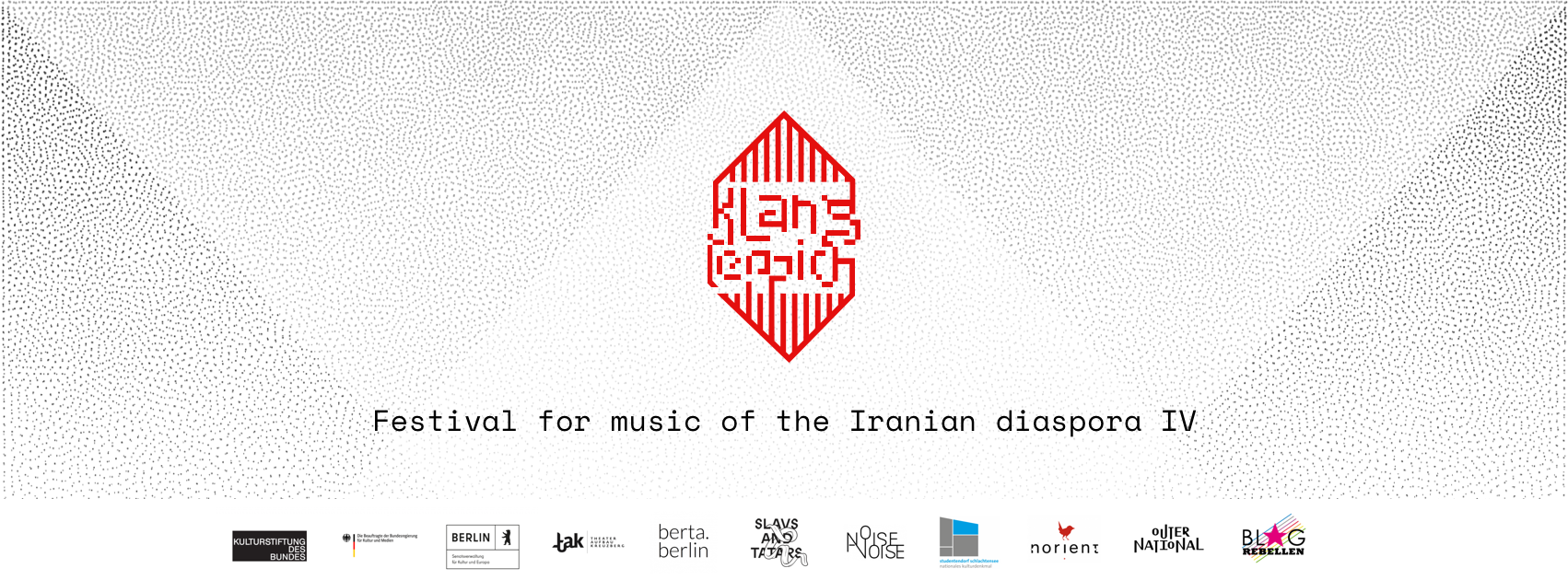Persien 1890: im ganzen Land verzichten Menschen auf den Konsum von Tabak, die Wirtschaft droht, in Schieflage zu geraten. Von Tabriz im Nordwesten bis Kerman im Südosten, von Mashhad im Nordosten bis Shiraz im zentralen Süden entflammen Proteste gegen die Konzession, welche der Schah von Persien einem britischen Konzern für die Herstellung und den Handel von Tabak erteilt, und diesen damit zum Monopolisten gemacht hat. Die zentrale Technologie für die Verständigung der Protestierenden über tausende Kilometer ist die Telegrafie. An ihrem Auf- und Ausbau im Land haben deutsche Ingenieure und Firmen mitgewirkt.
Als neues Phänomen hat Telegrafie im 19. Jahrhundert Naturwissenschaftler, Schriftsteller und Musiker gleichermaßen beschäftigt. Hermann von Helmholtz vergleicht 1868 die Telegrafendrähte mit Nervenbahnen, die den Körper wie ein Land durchziehen, für Henry David Thoreau klingen sie auf seinen Spaziergängen wie ein äolische Harfe, ein Erfinder meldet einen Telegrafen, der musikalische Töne übermitteln soll, zum Patent an. Noch Ende der 1950er Jahre wird im Münchner Siemens-Studio für elektronische Musik mit Klangerzeugung auf der Basis von Lochstreifen-Telegrafie experimentiert.
Die Künstlerinnen von „Wired“ befassen sich mit den technischen Eigenheiten von Telegrafie im Verhältnis von Klang, Raum und musikalischer Kommunikation, mit ihrer Bedeutung in geopolitischen Machtkämpfen europäischer Mächte in Iran und als Instrument zur Organisation zivilen Ungehorsams. Die bildende Künstlerin Haleh Redjaian arbeitet in ihren geometrischen Kunstwerken mit Fäden, sie kreiert die räumliche Installation, in welcher die Musikerinnen interagieren. Das Ensemble weckt verschüttete Wahrnehmungen von Telegrafie als Geräuschmusik und erinnert an die Entwicklung elektronischer Musik aus der Kommunikationstechnik.
Das Projekt wird ergänzt durch eine Podiumsdiskussion, in welcher Redjaian und zwei Musikerinnen gemeinsam mit der Historikerin Amelia Bonea vom Heidelberg Centre for Transcultural Studies und der Politikwissenschaftlerin Azadeh Zamirirad von der Stiftung Wissenschaft und Politik über ihre Erkenntnisse, Technologietransfer und Protestformen zwischen Europa und Westasien sprechen. Die Diskussion wird geleitet von der Journalistin und Moderatorin Susan Zare aus Köln.
Haleh Redjaian Installation
Farahnaz Hatam, Nazanin Noori Electronics
Azin Zahedi Santur
Shabnam Parvaresh Bassklarinette
Wired (working title)
Persia in 1890: all over the country, people are abstaining from the use of tobacco, and the economy is threatening to go into turmoil. From Tabriz in the northwest to Kerman in the southeast, from Mashhad in the northeast to Shiraz in the south-central, protests erupt against the concession granted by the Shah of Persia to a British corporation for the production and trade of tobacco, thus making it a monopolist. For the protesters, the central technology for communicating over thousands of kilometers is telegraphy. German engineers and companies have participated in its development and expansion in the country.
As a new phenomenon, telegraphy occupied scientists, writers and musicians alike in the 19th century. In 1868, Hermann von Helmholtz compared telegraph wires to nerve tracts that crisscross the body like a country; for Henry David Thoreau, they sounded like an Aeolian harp on his walks; an inventor applied for a patent for a telegraph that was supposed to transmit musical tones. At the end of the 1950s, the Siemens Studio for Electronic Music in Munich still has been experimenting with sound production based on punched tape telegraphy.
The artists of "Wired" deal with the technical peculiarities of telegraphy in the relationship between sound, space and musical communication, with its significance in geopolitical power struggles of European powers in Iran and as an instrument for organizing civil disobedience. Visual artist Haleh Redjaian works with threads in her geometric artworks, creating the spatial installation in which the musicians interact. The ensemble awakens buried perceptions of telegraphy as noise music, recalling the evolution of electronic music from communications technology.
The project will be complemented by a panel discussion in which Redjaian and two female musicians will join historian Amelia Bonea of the Heidelberg Centre for Transcultural Studies and political scientist Azadeh Zamirirad of the Stiftung Wissenschaft und Politik to discuss their findings, technology transfer, and forms of protest between Europe and West Asia. The host will be the journalist and moderator Susan Zare from Cologne.
Haleh Redjaian Installation
Farahnaz Hatam, Nazanin Noori Electronics
Azin Zahedi Santur
Shabnam Parvaresh Bass clarinet
Klangteppich. Festival für Musik der iranischen Diaspora IV

